Over the past few decades, robotics has rapidly advanced from science fiction to reality and has become an increasingly important aspect of modern society.
From robotic vacuum cleaners that clean our floors to surgical robots that aid in complex surgeries, to self-driving cars that navigate our roads. We have quite some famous robotics inventions.
Robots have revolutionized the way we live and work. As technology continues to progress, the potential for robotics to transform society in even more significant ways becomes more and more noticeable.
In this blog content, we will explore some famous robotics inventions that have had a significant impact on the world. Their pros and cons, and how they have changed the way we live and work
What is Robotics?
Robotics is the branch of technology that deals with the design, construction, operation, and application of robots. Robots are machines that can sense their environment and take action to achieve specific goals.
They are typically controlled by computers and can perform a wide range of tasks, from simple repetitive tasks to complex tasks that require intelligence and decision-making.
Robotics is a rapidly growing field with a wide range of applications. Robots are used in many industries, including manufacturing, healthcare, agriculture, and transportation.
They are also used in research and development, disaster relief, and space exploration.
There are many different types of robots, each with its own unique capabilities. Some robots are designed to perform specific tasks, such as welding or assembling parts.
Others are designed to be more general-purpose, such as robots that can be used to vacuum floors or mow lawns.
The field of robotics is constantly evolving, with new technologies and applications being developed all the time. As robots become more sophisticated, they are likely to have an even greater impact on our lives.
How Do Robotics Inventions Affect Our Lives Positively?
They boost productivity because robots are programmed to carry out repetitive activities endlessly, whereas the human brain is not.
Robots are used in industries to carry out boring, redundant jobs, freeing up workers to take on more difficult duties and even pick up new abilities.
Robotic inventions have affected our lives positively in many ways.
Here are some examples of the positive effects of robotics inventions:
1. Automated tasks
Robots can automate many tasks that were previously done by humans.
This can free up humans to focus on more creative and strategic tasks. For example, robots are now being used to automate tasks in manufacturing, healthcare, and agriculture.
In manufacturing, robots are now being used to weld parts, assemble products, and perform other tasks. In healthcare, robots are now being used to perform surgery, deliver medication, and provide care to patients.
In agriculture, robots are now being used to harvest crops, milk cows, and feed animals.
2. Improved safety
Robots can be used to perform tasks that are dangerous for humans to do. For example, robots are now being used to handle hazardous materials and work in environments that are too hot, cold, or radioactive for humans.
In the manufacturing industry, robots are now being used to weld hot metals and handle sharp objects.
In the healthcare industry, robots are now being used to dispose of hazardous medical waste. In the nuclear industry, robots are now being used to clean up radioactive waste.
3. Increased productivity
Robots can work long hours without getting tired or taking breaks. This can improve productivity and reduce costs. For example, robots are now being used to work in factories 24 hours a day, 7 days a week.
In the healthcare industry, robots are now being used to perform surgery and other medical procedures. In the transportation industry, robots are now being used to drive cars and trucks.
4. Improved quality
Robots can perform tasks with a high degree of precision and accuracy. This can improve the quality of products and services.
For example, robots are now being used to assemble products with a high degree of precision. In the healthcare industry, robots are now being used to perform surgery with a high degree of accuracy.
5. New opportunities
Robotics is creating new opportunities for businesses and individuals. For example, new businesses are being created to develop and manufacture robots.
New jobs are being created for people who work with robots, such as robot engineers, technicians, and operators.
6. Exploration
Robots can be used to explore dangerous or inaccessible places. For example, robots have been used to explore the surface of Mars and the bottom of the ocean.
7. Disaster relief
Robots can be used to help people in the aftermath of disasters. For example, robots have been used to search for survivors, deliver food and water, and help with cleanup efforts.
8. Education
Robots can be used to improve education. For example, robots can be used to tutor students, provide individualized instruction, and help students with disabilities.
9. Companionship
Robots can provide companionship to people who are lonely or isolated. For example, robots are now being used to provide companionship to elderly people and people with disabilities.
10. Entertainment
Robots can be used to entertain people. For example, robots are now being used to perform at shows, play games, and tell stories.
Overall, robotics inventions have had a positive impact on our lives.
They have made our lives easier, safer, and more productive.
They have also created new opportunities for businesses and individuals.
As robotics technology continues to develop, we can expect to see even more positive effects in the years to come.
Now, let us see the list of the famous robotics inventions that have been around for the good.
10 Famous Robotics Inventions and How They Changed the World
1. Roomba
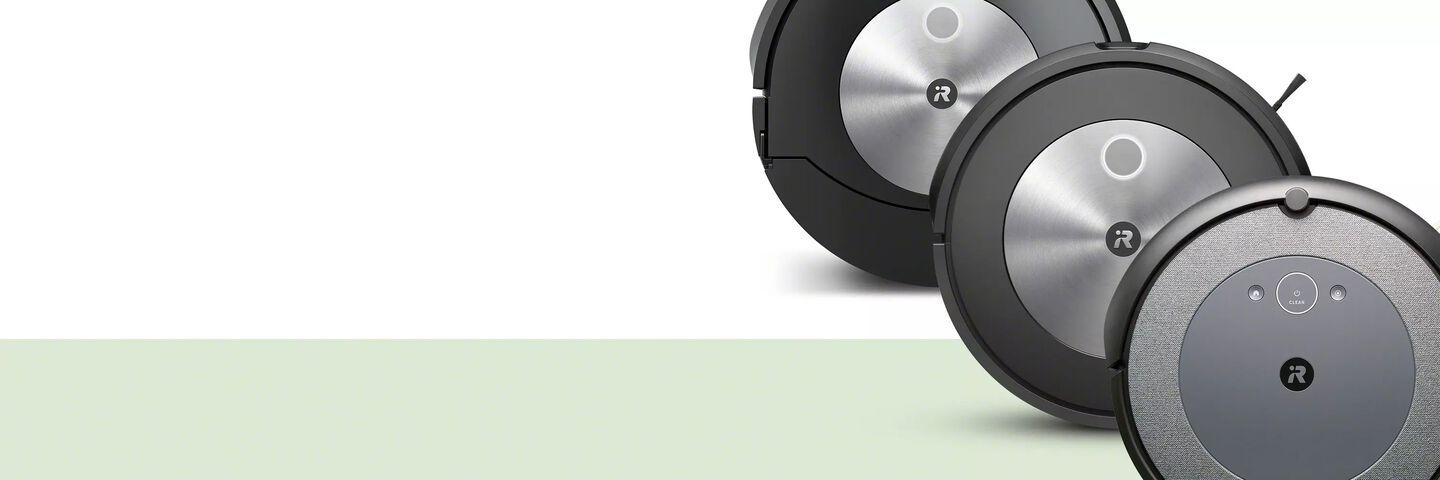
The Roomba is a robotic vacuum cleaner developed by iRobot. It was introduced in 2002 and has since become a popular household cleaning device. In 2020, iRobot reported that it had sold over 30 million Roomba robotic vacuum cleaners worldwide. The Roomba has made household cleaning easier and more convenient for millions of people.
Pros:
• Provides a convenient and efficient way of cleaning floors, saving time and effort.
• Can clean under furniture and in hard-to-reach places.
• Uses advanced sensors to avoid obstacles and detect dirt.Cons:
• Roomba can be expensive compared to traditional vacuum cleaners.
• Some users have reported issues with the Roomba getting stuck or not cleaning effectively.
• May require more frequent maintenance than traditional vacuum cleaners.
Impact:
• The Roomba has made household cleaning easier and more convenient for millions of people, leading to increased productivity and free time for other activities.
• The development of Roomba has spurred the development of other robotic cleaning devices, such as robotic mops and window cleaners, which are becoming increasingly common in households.
2. Da Vinci Surgical System
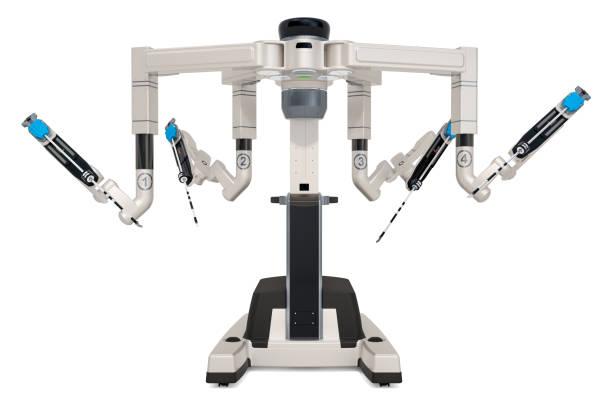
The Da Vinci Surgical System is a robotic surgical system used for minimally invasive surgery. It was developed by Intuitive Surgical and has been used in over 5 million surgeries worldwide.
Studies have shown that using the Da Vinci System can result in less blood loss, less pain, and shorter hospital stays for patients.
The Da Vinci Surgical System allows surgeons to perform complex procedures with greater precision, reducing the risk of complications and speeding up recovery time.
Pros:
• Provides a less invasive and more precise way of performing surgery, leading to less blood loss, less pain, and faster recovery times for patients.
• Allows surgeons to perform surgeries remotely, which is particularly useful in areas where specialized medical care is not easily accessible.
• Can perform surgeries that would otherwise be difficult or impossible to perform using traditional surgical methods.
Cons:
• The Da Vinci Surgical System is expensive and requires specialized training to operate.
• Some studies have shown that the system may not necessarily result in better outcomes compared to traditional surgical methods.
• The use of the Da Vinci System may result in longer surgery times.
Impact:
• The Da Vinci Surgical System has transformed the field of surgery, making it possible to perform complex procedures with greater precision and less risk to patients.
• The development of the Da Vinci System has spurred the development of other robotic surgical systems, which are becoming increasingly common in hospitals around the world.
3. ASIMO
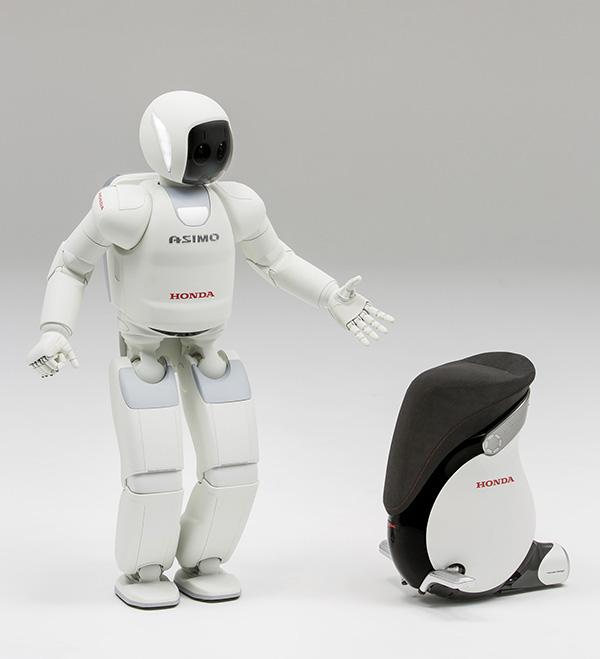
ASIMO is a humanoid robot developed by Honda. It was first introduced in 2000 and has since been used in various demonstrations and research projects.
ASIMO was one of the first humanoid robots to be able to walk on two legs and perform tasks that were previously only possible for humans.
ASIMO has been used in various demonstrations and research projects and has paved the way for the development of other humanoid robots.
Pros:
• ASIMO paved the way for the development of other humanoid robots that can perform tasks that were previously only possible for humans.
• Has been used in various research projects and demonstrations to study human-robot interaction.
• Can perform tasks such as walking, running, and jumping, which is difficult for other robots to accomplish.
Cons:
• ASIMO is expensive and requires specialized maintenance and operation.
• The development of ASIMO has been criticized for focusing more on creating a humanoid robot than on addressing real-world problems.
• ASIMO’s movement is limited by the technology of the time.
Impact:
• The development of ASIMO has spurred research into creating more advanced humanoid robots that can perform tasks that are difficult or dangerous for humans.
• ASIMO has demonstrated the potential for robots to be used in a variety of settings, including in healthcare, manufacturing, and entertainment.
4. Mars rovers

The Mars rovers are a series of robotic vehicles developed by NASA. They have been used to explore the surface of Mars and have provided valuable information about the planet’s geology and history.
The Mars rovers have sent back over 1 million images and have traveled over 28 miles (45 kilometers) in total and have also paved the way for future missions to Mars and other planets.
Pros:
• Mars rovers have been able to explore the surface of Mars and collect valuable information to operate on Mars for much longer than expected, providing an opportunity about the planet’s geology, history, and potential for life.
• Have been able for more data collection and exploration.
• Have allowed for a greater understanding of the universe and the potential for space Exploration.
Cons
• The cost of sending and operating Mars rovers is extremely high.
• Mars rovers are limited by their technology and have certain capabilities that are difficult to replicate with current technology.
• The distance between Mars and Earth makes it difficult to communicate with the rovers in real time, which can lead to delays and difficulties in operation.
Impact:
• The development and operation of Mars rovers have increased our understanding of the universe and our potential for space exploration.
• The data collected by Mars rovers have been used in various research projects and have contributed to the development of new technologies and innovations.
5. Baxter
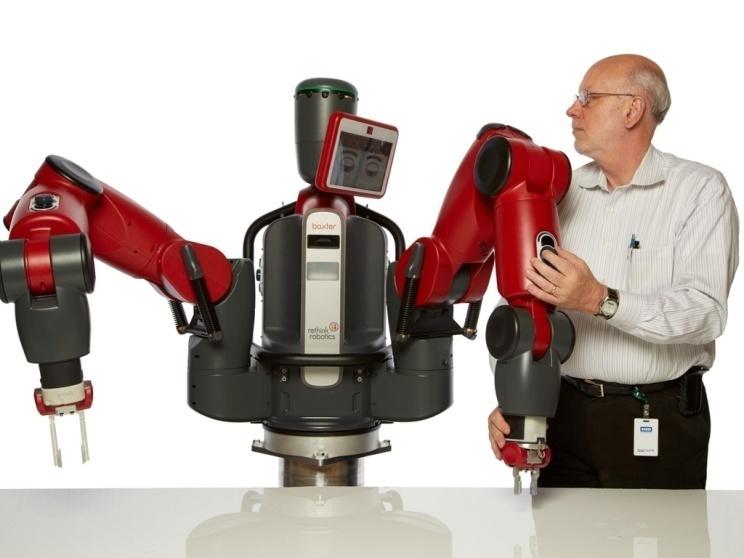
Baxter is a robot developed by Rethink Robotics. It was designed to work alongside humans in factories and other industrial settings.
Baxter is able to learn from its surroundings and adapt to new tasks, making it a versatile and valuable tool for manufacturing. Companies that have used Baxter have reported increases in efficiency and productivity.
Pros: Baxter is a collaborative robot that can work alongside humans in various industries, including manufacturing, packaging, and logistics, helping to increase productivity and efficiency.
• It can be easily programmed to perform a variety of tasks, reducing the need for specialized workers and increasing flexibility in production lines.
• Baxter’s advanced sensors and safety features allow it to work safely alongside humans without the need for protective barriers or fencing.
Cons:
• Baxter can be expensive compared to other industrial robots.
• Some industries may not be able to fully utilize Baxter’s capabilities, which may limit its potential impact.
• The development of Baxter and other collaborative robots has raised concerns about the potential for robots to replace human workers, particularly in low-skilled jobs.
Impact:
• Baxter and other collaborative robots have transformed various industries by increasing productivity, reducing costs, and improving workplace safety.
• The development of collaborative robots has also led to the creation of new jobs, including those focused on programming and maintenance of the robots.
Overall, Baxter has had a significant impact on the world by changing the way we think about the role of robots in the workforce.
Its ability to work alongside humans has allowed for greater productivity and efficiency in various industries, while its advanced sensors and safety features have improved workplace safety.
However, concerns about the potential impact on human workers cannot be ignored, and careful consideration must be given to ensure that the development and use of robots are done in a responsible and ethical manner.
Baxter is indeed one of the best robotics inventions the world has ever known, yet.
6. TALON
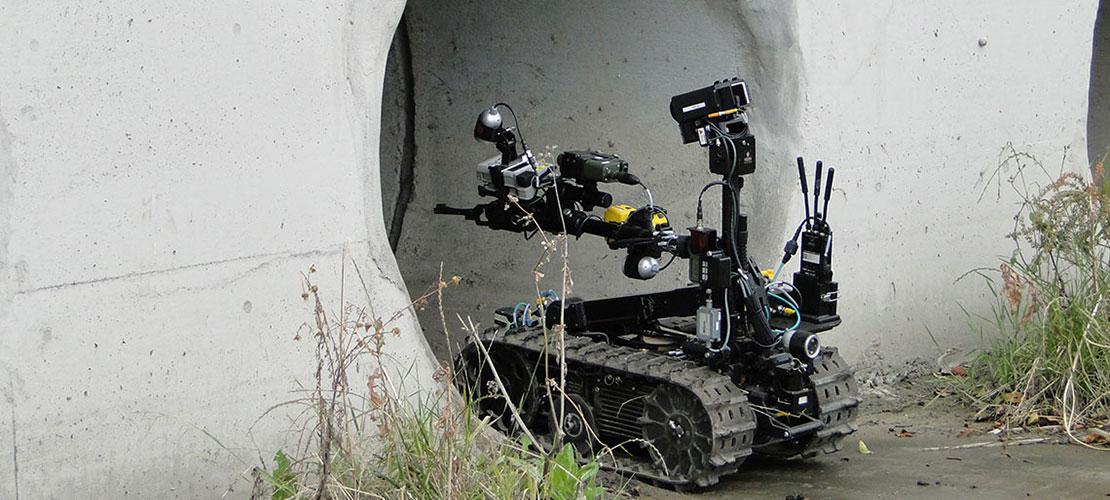
TALON is a robot developed by Foster-Miller Inc. It was designed for military use and has been used in various combat situations, including bomb disposal and reconnaissance. TALON has saved countless lives by allowing soldiers to complete dangerous tasks remotely.
Pros:
• Highly mobile and can navigate difficult terrain
• It can carry heavy payloads and equipment
• Can be equipped with a variety of sensors and tools for different applications
• Can be operated remotely from a safe distance
Cons:
• Limited speed and maneuverability compared to other robots
• Requires a trained operator to use it effectively
• Expensive to purchase and maintain
Impact:
• Talon has been used in a variety of applications, including bomb disposal and search and rescue operations.
• It has helped keep humans out of harm’s way in dangerous situations.
7. Kismet
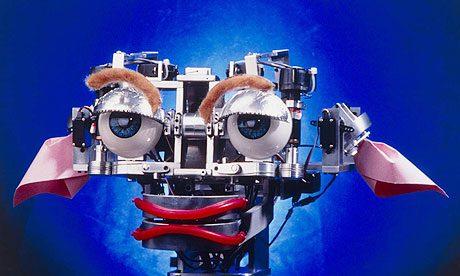
Kismet is a robot developed by MIT’s Artificial Intelligence Lab. It was designed to simulate human emotions and interact with humans in a more natural way. Kismet paved the way for future research into social robotics and human-robot interaction.
Honestly, Kismet must go down in history as one of the best and most famous robotics inventions humans can see. at least, for now.
Pros:
• Designed to interact with humans in a social and emotional way
• Has facial expression recognition and can mimic human emotions
• Has advanced speech recognition and natural language processing abilities
Cons:
• Limited mobility and manipulation capabilities
• Expensive and complex to build and maintain
Impact:
• Kismet has been used in research to better understand human-robot interaction and to develop more sophisticated AI algorithms for social robots.
• It has also been used in educational settings to teach students about AI and robotics.
8. BigDog
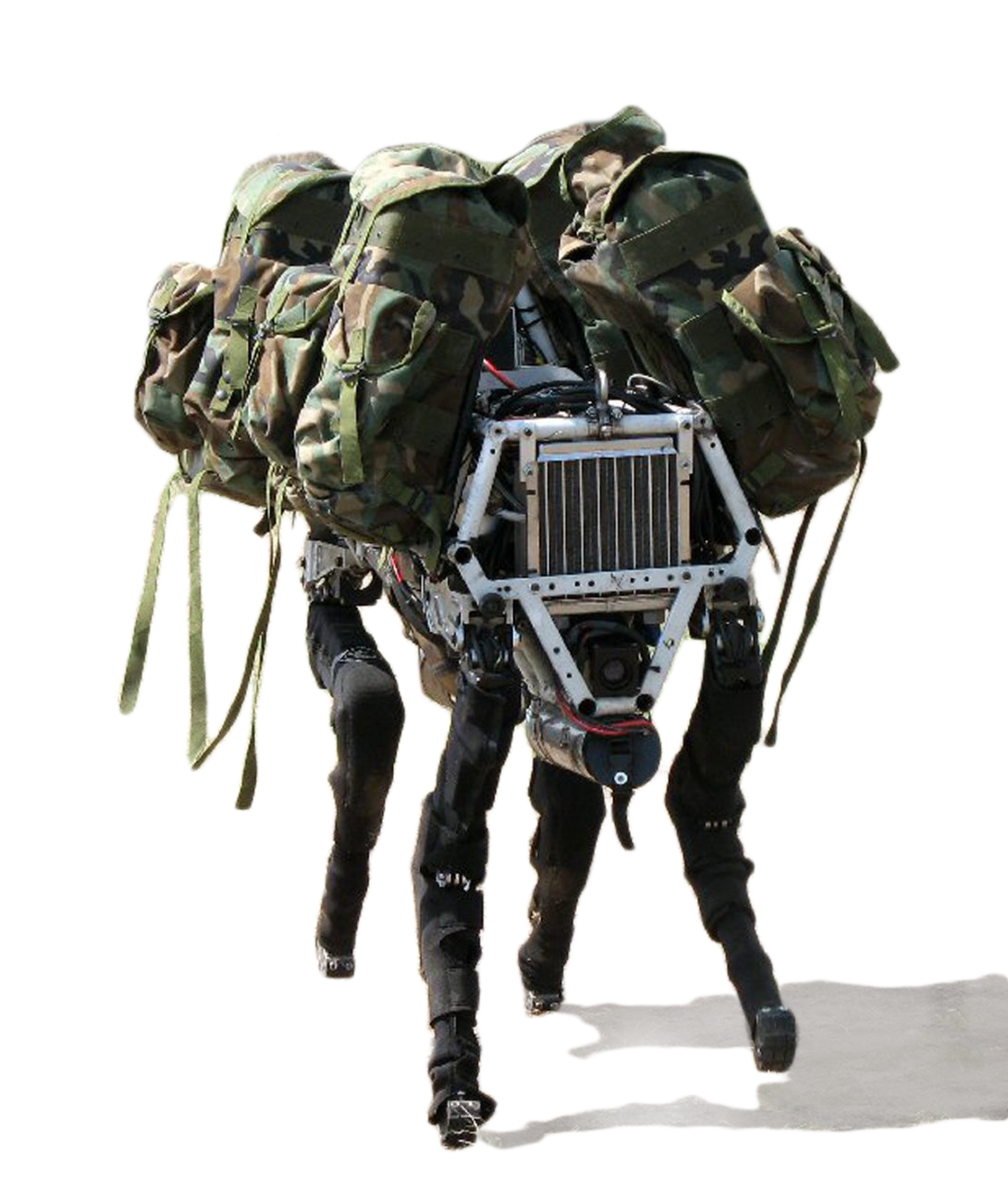
BigDog is a quadruped robot developed by Boston Dynamics. It was designed for military use and has been used to transport supplies in difficult terrain.
BigDog is able to navigate rough terrain and carry heavy loads, making it a valuable asset for soldiers in the field.
If you are in the military field, BigDog is one of the best robotics inventions to use. It is simply amazing.
Pros:
• Highly mobile and can navigate difficult terrain
• Can carry heavy payloads
• Can operate in extreme weather conditions
Cons:• Loud and potentially disruptive in quiet environments
• Limited battery life
• Expensive to purchase and maintain
Impact:
• BigDog has been used in military applications to transport supplies and equipment over difficult terrain.
• It has also been used in research to develop better mobility algorithms for legged robots.
9. NAO
NAO is a humanoid robot developed by Aldebaran Robotics. It was designed for research and education and has been used in various academic settings. NAO is able to interact with humans in a natural way and has been used to study human-robot interaction.
Pros:
• Highly interactive and can be programmed to perform a wide range of tasks
• Has advanced speech recognition and natural language processing abilities
• Can be used for educational purposes
Cons:
• Limited mobility and manipulation capabilities
• Expensive and complex to build and maintain
Impact:
• NAO has been used in education to teach students about programming and robotics.
• It has also been used in research to develop better algorithms for human-robot interaction and to study social robotics.
10. Google’s self-driving car
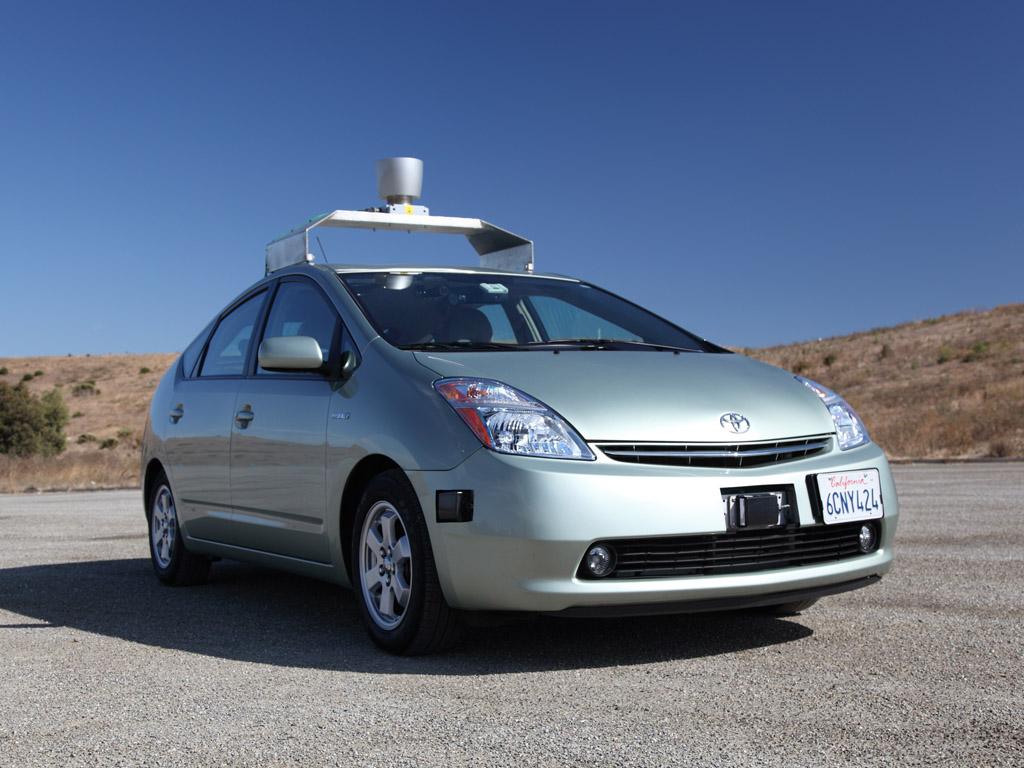
Coming from the automobile industry, this is surely one of the most famous robotics inventions we have seen so far.
Google’s self-driving car is a robotic car developed by Google. It is able to navigate roads and traffic without human intervention, making it a revolutionary development in the automotive and transportation industry.
The self-driving car has the potential to reduce traffic accidents and congestion and make transportation more efficient and sustainable for people who are unable to drive.
In 2020, Waymo, Google’s self-driving car subsidiary, announced that its cars had driven over 20 million miles (32 million kilometers) in autonomous mode.
Credit: time.com
Pros:
• Has the potential to reduce accidents caused by human error
• Can increase mobility for people who are unable to drive
• Can reduce traffic congestion and emissions
Cons:• Expensive and complex to develop and maintain
• Ethical and legal questions remain about liability and responsibility in accidents
• Limited ability to navigate in extreme weather conditions
Impact:
• The development of self-driving cars has the potential to revolutionize transportation and significantly improve safety on the roads.
• However, the widespread adoption of self-driving cars may also have significant impacts on the job market and the economy as a whole.
Conclusion
In conclusion, these famous robotics inventions have transformed our world in countless ways, from increasing productivity and efficiency in various industries to improving the safety and quality of our daily lives.
Each of the 10 robotics inventions discussed in this content has left its own unique mark on society, with its own set of pros and cons.
However, it is clear that the impact of robotics on industries, the economy, and people’s daily lives cannot be ignored.
As we continue to advance in technology, it is important to consider the responsible and ethical development and use of robotics inventions to ensure that they continue to benefit society in a positive and meaningful way.
By embracing and harnessing the potential of robotics, we can pave the way for a brighter future for all.
Frequently Asked Questions
The first person to actually build a programmable humanoid robot was Al-Jazari in 1206. a.k.a. Al-Jazari) was an Arab Muslim scholar, inventor, and mechanical engineer during the Islamic Golden Age (Middle Ages).
As programmed, robots are able to complete tasks quicker and in a more precise manner than humans. As industrial robots are less likely to get exhausted over periods of time, this can speed up manufacturing on the production line by being able to work for longer and create shorter cycle times, as a result.
Robots eliminate dangerous jobs for humans because they are capable of working in hazardous environments. They can handle lifting heavy loads, toxic substances, and repetitive tasks. This has helped companies to prevent many accidents, also saving time and money.
Reference
- https://www.simplilearn.com/future-of-robotics
- https://www.lacconveyors.co.uk/how-robots-change-the-world/
Recommendation
- How Coding and Robotics Are Used in Different Industries
- How Robotics Can Help Kids Learn Science And Engineering | 2024
- Robotics Coding: The Importance Of Collaboration in Robotics and Coding
- The Role of AI in Robotics | Artificial Intelligence and Its Implications for Kids
- The Future of Robotics; How Kids Can Prepare for a High-Tech Future


